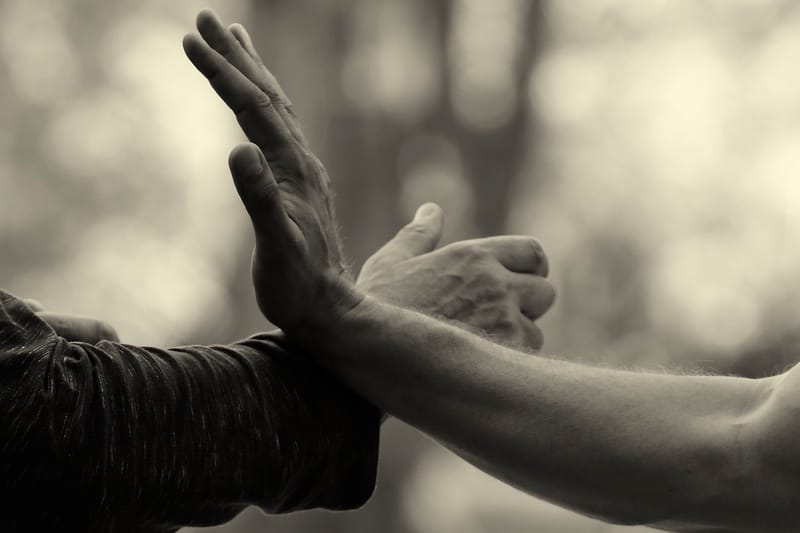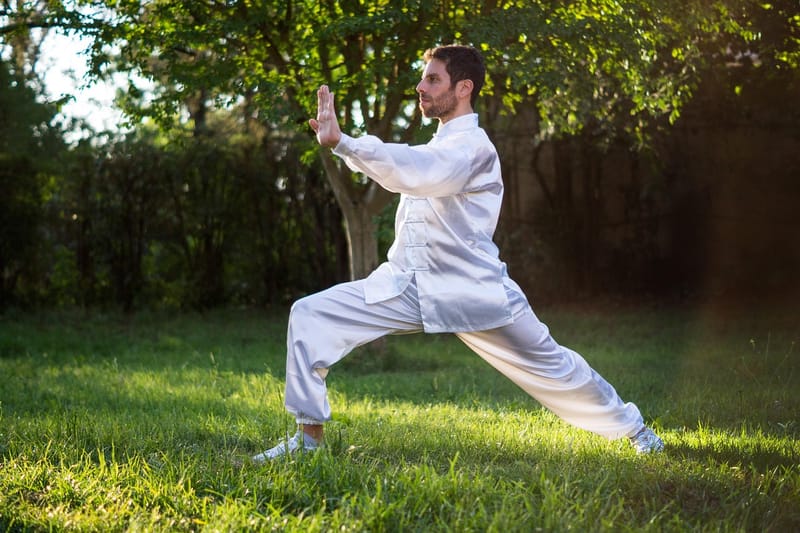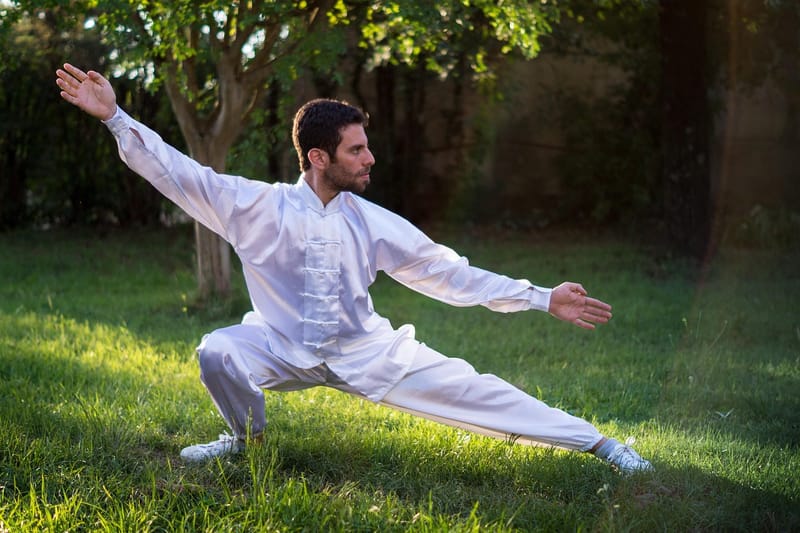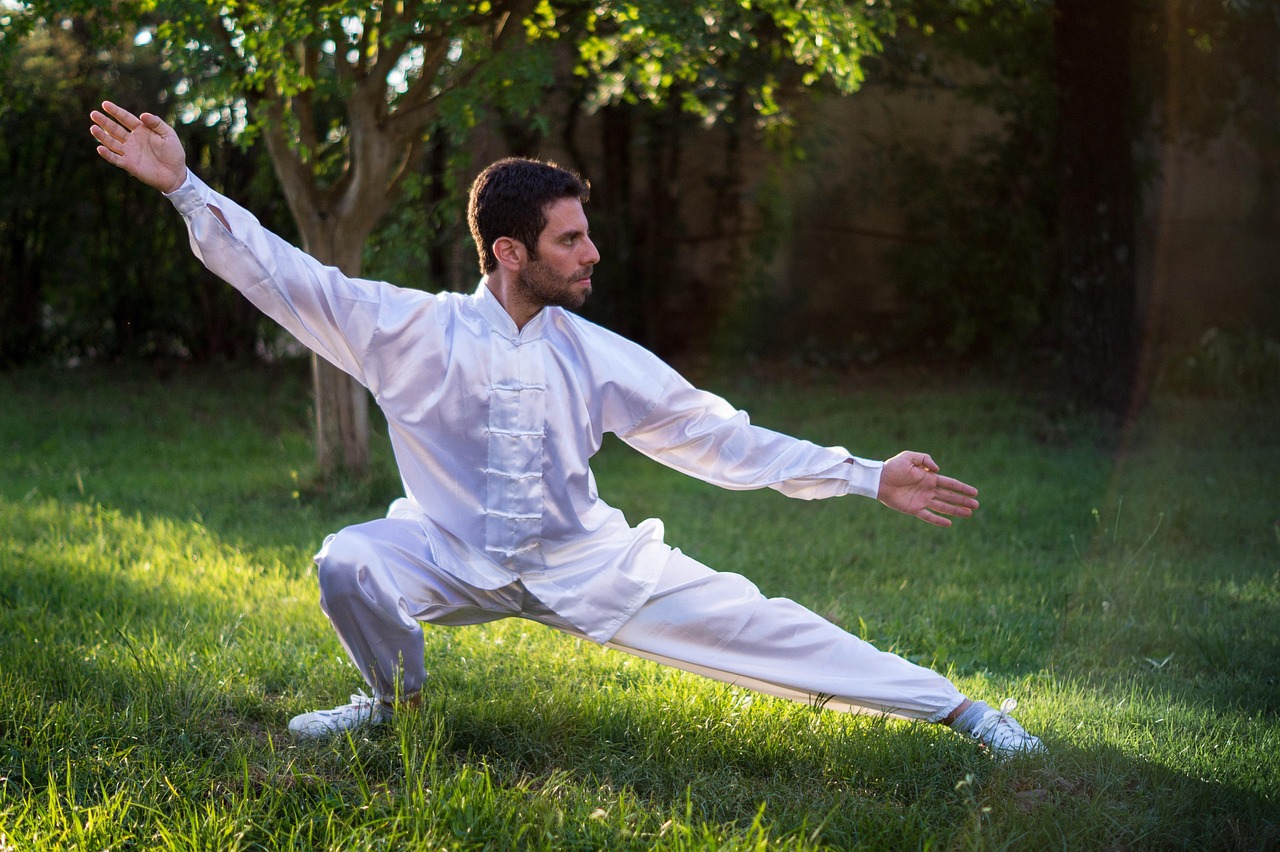Tai Chi - Part 3
The Graceful Art of Tai Chi: Part 3
Mastering Tai Chi Forms
Tai Chi is a martial art that combines deep breathing, flowing movements, and mindfulness to promote overall well-being. In this article, we will delve into the various forms of Tai Chi that practitioners can master to enhance their skills and cultivate inner peace.
1. Yang Style Tai Chi
Yang Style Tai Chi is one of the most popular forms of Tai Chi practiced worldwide. It emphasizes slow, gentle movements that flow seamlessly from one to the next. This form is excellent for beginners looking to improve balance, flexibility, and relaxation.

2. Chen Style Tai Chi
Chen Style Tai Chi is the oldest and original form of Tai Chi. It incorporates both slow, graceful movements and explosive bursts of energy. Practicing Chen Style Tai Chi can help improve strength, coordination, and martial arts skills.

3. Sun Style Tai Chi
Sun Style Tai Chi is known for its compact and agile movements. It is particularly suitable for individuals with limited space or mobility. Practicing Sun Style Tai Chi can enhance joint mobility, reduce stress, and improve overall health.

Benefits of Tai Chi Practice
Regular practice of Tai Chi offers a wide range of physical, mental, and emotional benefits, including:
- Improved balance and coordination
- Reduced stress and anxiety
- Enhanced flexibility and range of motion
- Increased muscle strength and endurance
- Greater mindfulness and focus
Join the Tai Chi Community
Whether you are a beginner or an experienced practitioner, joining a Tai Chi community can provide support, encouragement, and opportunities for growth. Connect with like-minded individuals, attend workshops and seminars, and deepen your understanding of this ancient martial art.
Experience the beauty and grace of Tai Chi as you embark on a journey of self-discovery and transformation.
Continue your Tai Chi exploration with Part 1 and Part 2 of this series.
